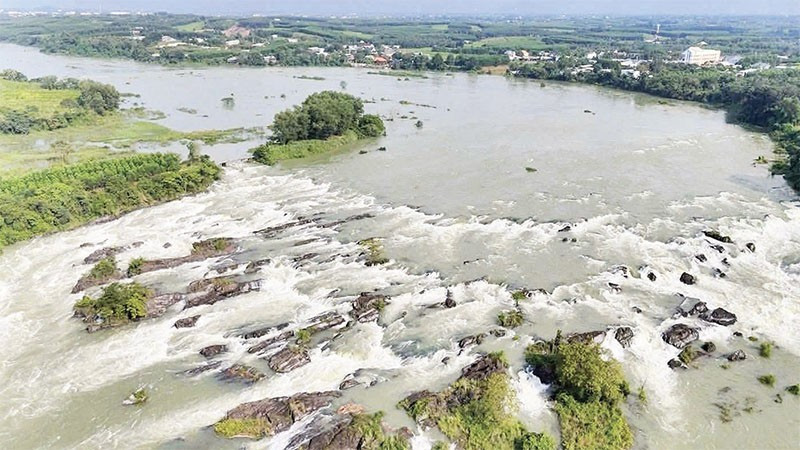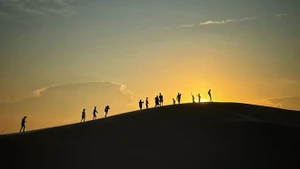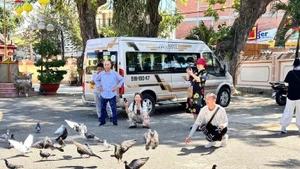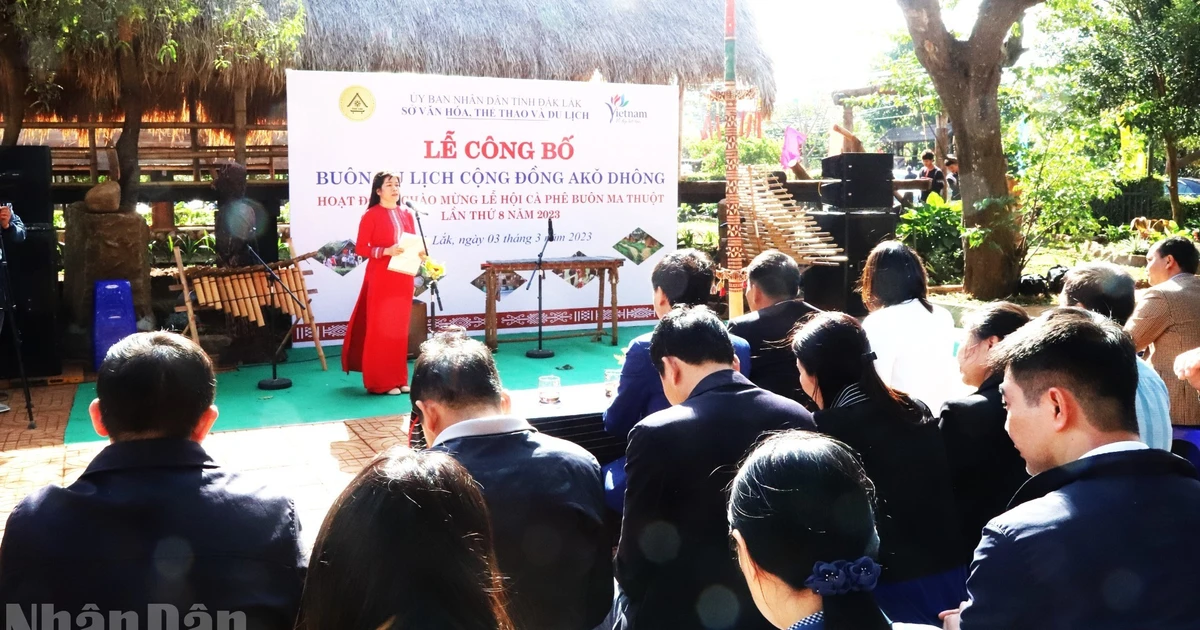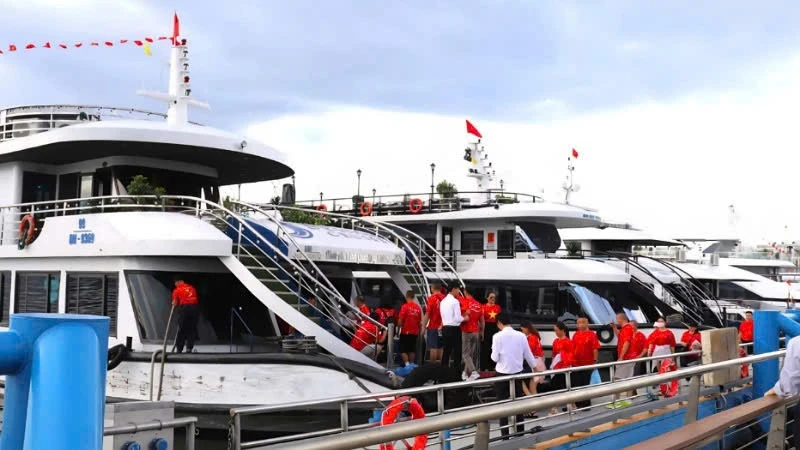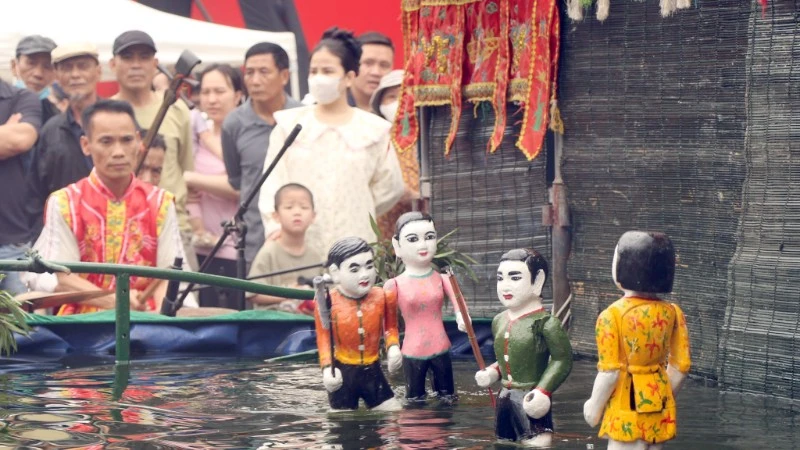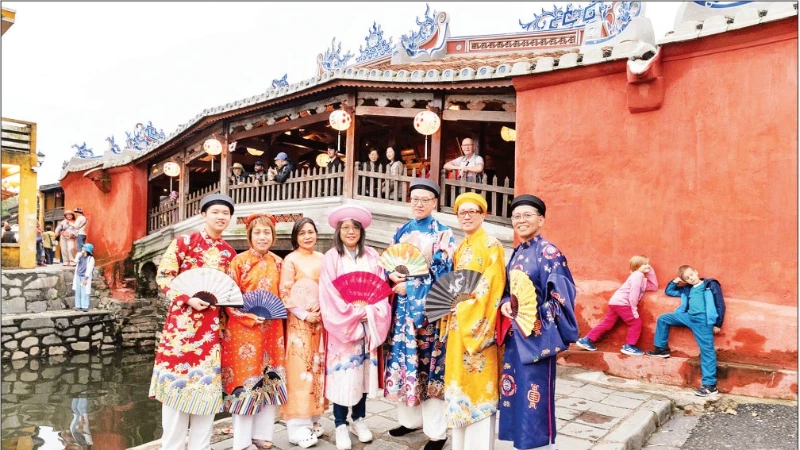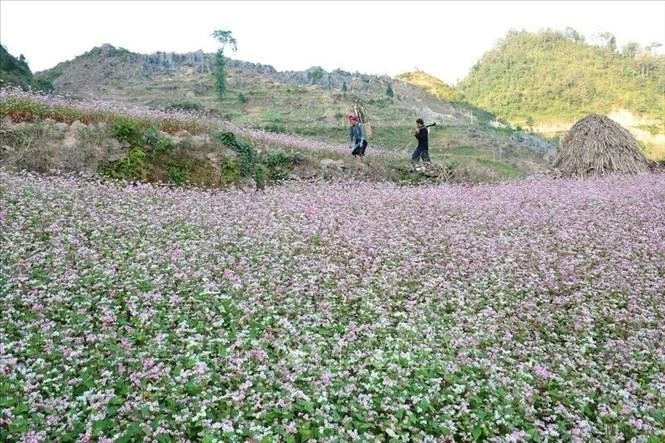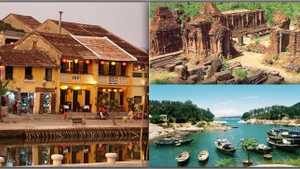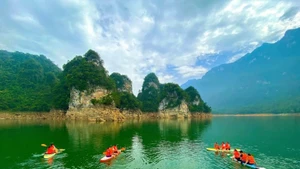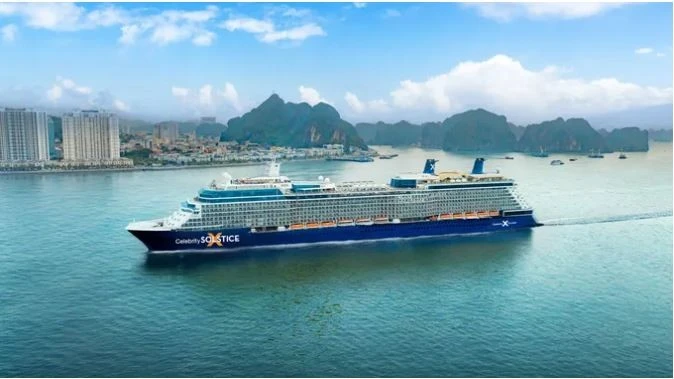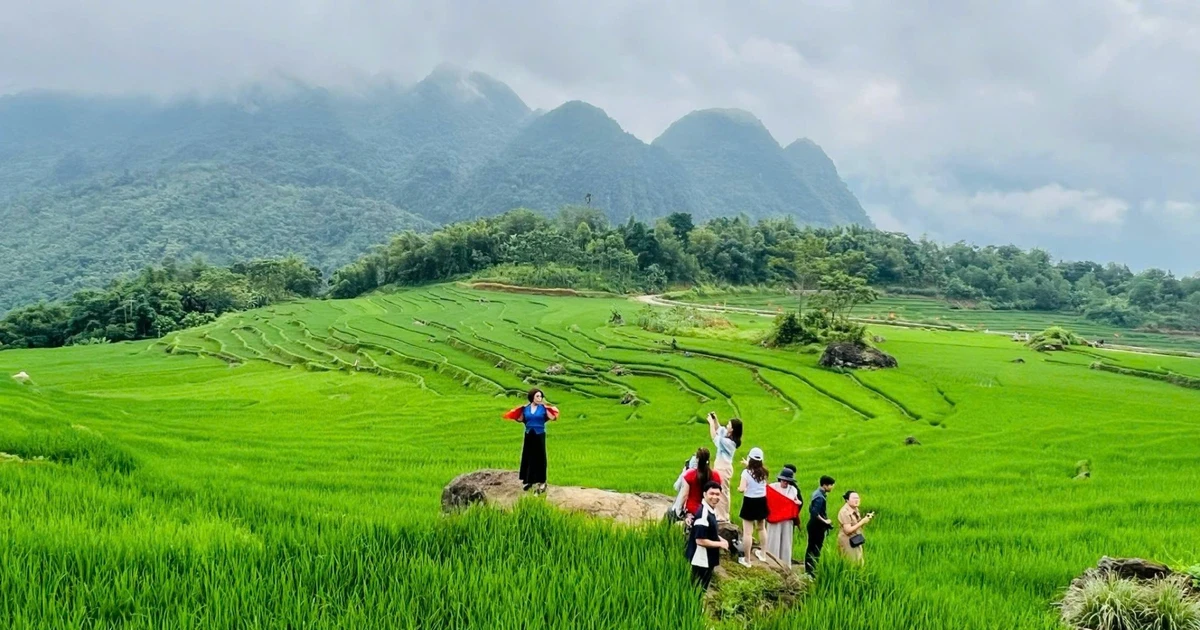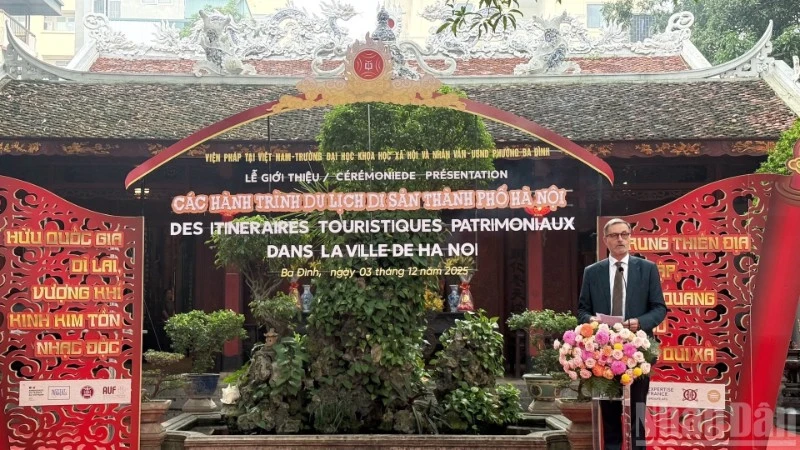Harnessing natural and cultural strengths
Mentioning Dong Nai today evokes images of a land of forests, waterfalls, lakes and heritage – a place where majestic nature, diverse culture and heroic history meet.
Following the recent merger, the new Dong Nai boasts a rich tropical forest ecosystem, highlighted by Cat Tien National Park – one of eight UNESCO biosphere reserves in Viet Nam – and Bu Gia Map National Park, known as the green lung of the south-eastern region.
Both areas hold exceptional biodiversity value, offering great potential for sustainable eco-tourism development.
In addition, the Dong Nai Biosphere Reserve, Buu Long and Son Tien tourist areas, Son Ha Bird Island, My Le and Bo Cap Vang ecological sites, and Chua Chan and Ba Ra mountains are all being developed as major destinations for visitors seeking experiences in sport, recreation and leisure.
Beyond its natural beauty, Dong Nai is also a land steeped in history and distinct cultural identity. Historic relics such as the D Zone Revolutionary Base, Ta Thiet Base, along with ethnic cultural spaces like the Stieng Cultural Preservation Area in Bom Bo village and the Ta Lai ethnic village, help visitors gain deeper insights into the province’s 327-year journey of formation and development.
Since 2021, the Dong Nai Provincial Party Committee has issued a resolution on developing tourism as a key economic sector. Implementation has yielded many positive outcomes: visitor numbers have grown, tourism products have diversified, and Dong Nai’s image has become increasingly prominent on the national tourism map.
The province is currently focusing on infrastructure investment, developing high-quality products, applying technology, and enhancing human resources. Ecotourism, cultural-historical tourism, agricultural tourism and weekend getaways have been identified as the main directions, linking economic growth with local livelihood improvement.
According to Tran Thi Thu Trang, Deputy Director of the Dong Nai Centre for Investment, Trade and Tourism Promotion, the theme for 2025 is “Dong Nai Tourism Takes Off with Aviation.” Following the merger, the province is leveraging the major advantage of Long Thanh International Airport to develop tours connecting the airport with Dong Nai’s unique destinations, focusing on experiences centred on nature and borderland culture. New tourism products are expected to launch later this year.
Developing professional and modern tourism
According to the resolution of the first provincial Party Congress, tourism has been identified as one of the spearhead economic sectors for 2025-2030. The province aims to develop tourism in a professional, modern and sustainable manner, focusing on forming key tourism clusters and sites such as Tri An Lake, Chua Chan Mountain, Ba Ra Mountain, Bom Bo Village, D Zone Base, Ta Thiet Base and Bu Gia Map National Park.
In addition, the province is studying the construction of an international convention and resort centre near Long Thanh Airport, expanding regional tourism linkages within the south-eastern region, while accelerating digital transformation and developing a smart tourism ecosystem.
Le Thi Ngoc Loan, Director of the Dong Nai Department of Culture, Sports and Tourism, stated that the sector is striving to implement comprehensive solutions to raise public awareness of tourism’s role in socio-economic development.
At the same time, efforts are being made to foster a culture of civilised, friendly and hospitable conduct within local communities, shaping the image of Dong Nai as a welcoming and compassionate destination.
Dong Nai aims to attract around 5.2 million visitors and earn over 4 trillion VND (152 million USD) in tourism revenue in 2025. By 2030, the province targets more than 11 million visitors and nearly 12 trillion VND (456 million USD) in revenue. To realise these goals, Dong Nai is closely following domestic and international tourism trends to ensure the right development direction, focusing on cultural and green tourism and creating unique products, particularly in gastronomy.
A key solution is continued investment in the restoration and preservation of historical and revolutionary relics, integrating cultural value conservation with tourism development. The province will preserve and promote traditional cultural values and both tangible and intangible heritage; develop cultural industries and high-quality culture, sports and tourism services; and strengthen cooperation, cultural exchange, cultural diplomacy and the promotion of Dong Nai’s image at home and abroad. Digital technology will also be utilised to promote culture and tourism, enhancing accessibility for locals and visitors alike.
Pham Huong Son, Chairman of the Dong Nai Tourism Association, affirmed that the association is committed to working alongside authorities, businesses and communities to build Dong Nai’s image as a safe, friendly and attractive destination on the national tourism map. The tourism sector will continue to make active contributions to the socio-economic development of the province and the wider south-eastern region.
